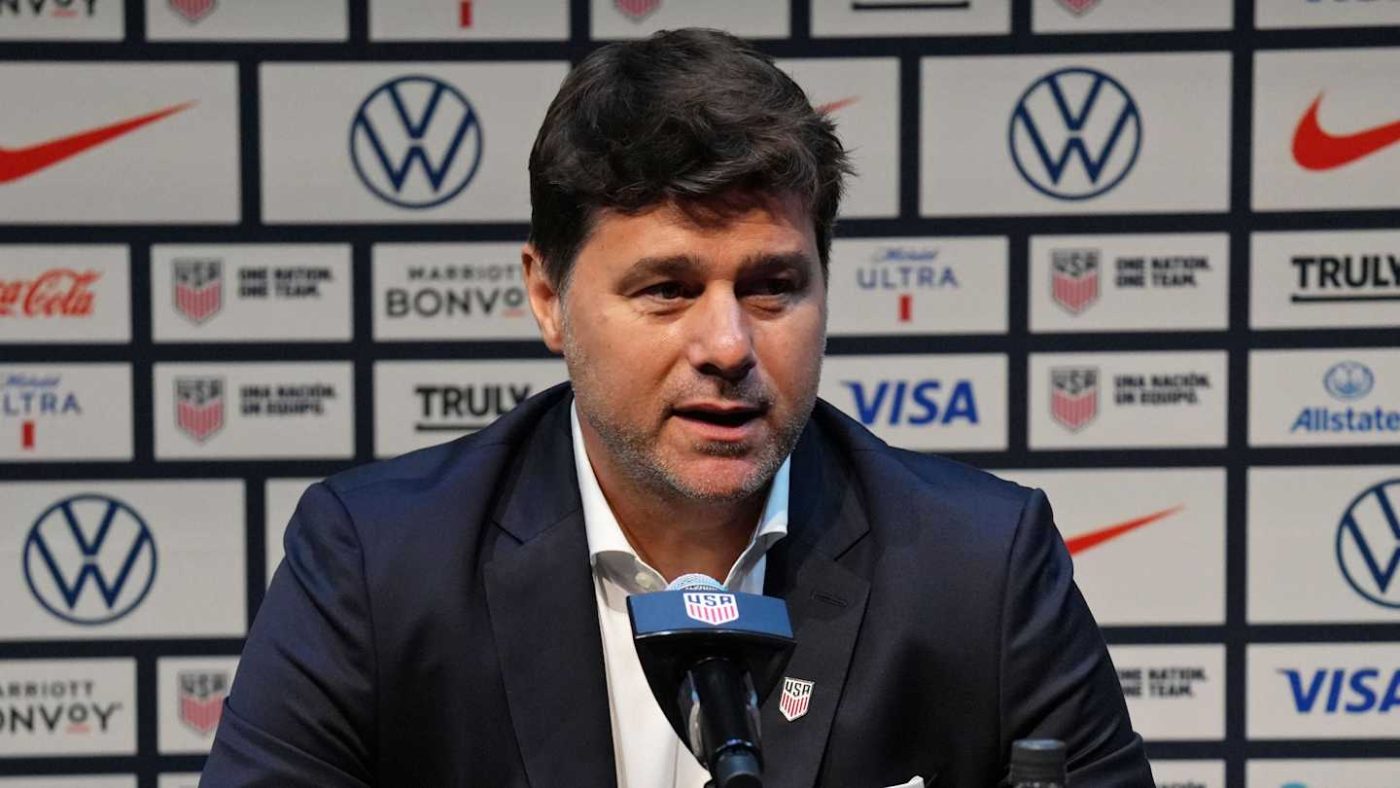Sport News
One Year Under Mauricio Pochettino: Five Missteps Stalling the USMNT’s World Cup Dream
As the FIFA World Cup 2026 on home soil rapidly approaches, the U.S. Men’s National Team finds itself at a crossroads. Head coach Mauricio Pochettino, now a year into his tenure, has overseen a period marked by inconsistency and a worrying record against top-tier opposition. While a recent 2-0 victory over a rotated Japan side offered a glimmer of hope, it arrived just as Pochettino concluded his first year in charge, a period that has seen the Stars and Stripes, by some metrics, dip to their lowest point in the 21st century.
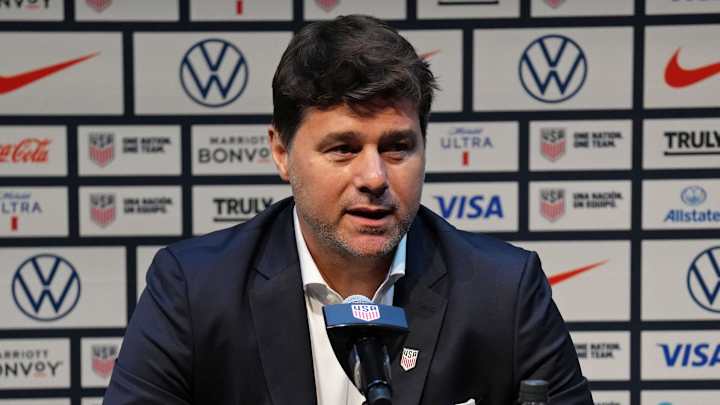
The U.S. Soccer Federation’s decision to hire a “big name” coach was a calculated move, aimed at harnessing the talent of players like Christian Pulisic, Weston McKennie, and Tyler Adams, who ply their trade at some of the world’s biggest clubs. The objective was clear: prepare the squad to perform at its peak when the World Cup kicks off in Los Angeles on June 12, 2026. However, with just nine months remaining, the USMNT’s readiness appears far from assured.
Pochettino’s record against top-30 FIFA-ranked nations paints a stark picture: only two wins in eight matches, alongside six losses. This concerning trend, coupled with early exits from the Concacaf Nations League and a defeat in the Concacaf Gold Cup final, suggests that several critical missteps have plagued his inaugural year. Let’s delve into the key issues that have held the USMNT back.
1. Inconsistent Squad Selection: A Lack of Cohesion
Perhaps the most contentious aspect of Pochettino’s tenure has been his approach to squad selection. An astonishing 93 different players have been called up to USMNT rosters, leading to constant adaptation and a perceived lack of long-term vision. While unearthing new talent is valuable, this extensive rotation has prevented the formation of a cohesive core.
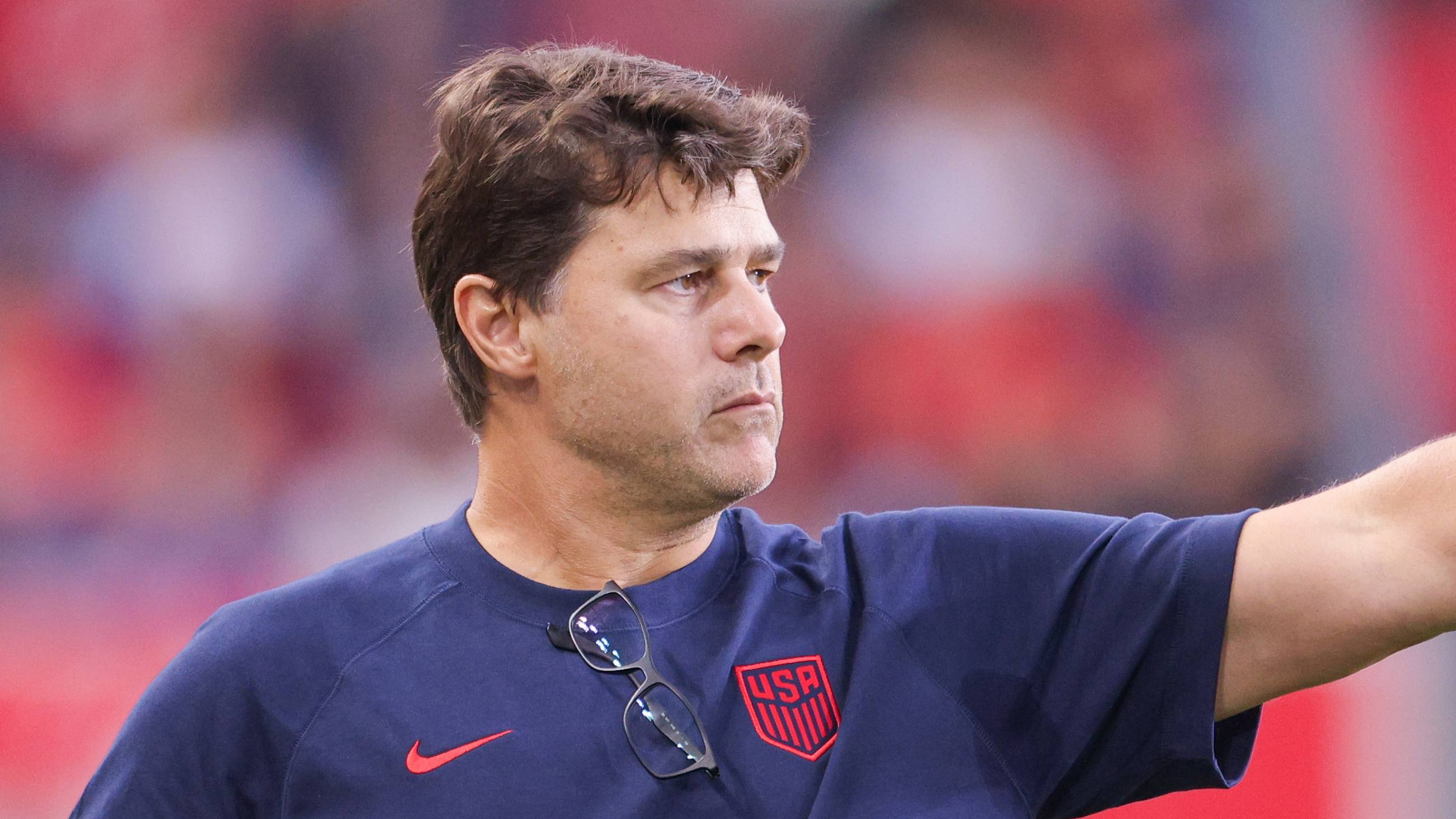
Key players like Juventus midfielder Weston McKennie and Johnny Cardoso have been inexplicably excluded from certain camps, while others with little chance of making the final World Cup squad have been introduced. This “talent evaluation” challenge has been particularly evident in the attacking and midfield departments, where 16 different goalscorers, eight different strikers, and 23 different midfielders have been utilized across 18 games. The result? A team that struggles to build chemistry and, arguably, a coach who still doesn’t know his best lineup.
2. Lacking Commitment from Star Players
A significant storyline of Pochettino’s first year was the public disagreement with Christian Pulisic, who opted to rest during the summer instead of participating in the Gold Cup. While the USMNT achieved some of its best results in that tournament (beating Haiti, Trinidad and Tobago, and Saudi Arabia before falling to Mexico in the final), the absence of its biggest stars was glaring.
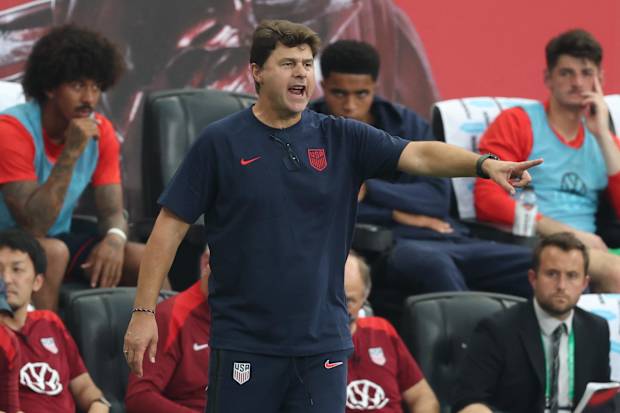
“You can talk about my performances, whatever you want, but to question my commitment, especially towards the national team? In my opinion, that’s way out of line,” Pulisic stated at the time, highlighting a disconnect. Beyond Pulisic, the team also missed McKennie, Yunus Musah, Sergiño Dest, Folarin Balogun, and Antonee Robinson due to club commitments or injuries. This raises a crucial question: has Pochettino failed to make international duty an unmissable opportunity for the nation’s top talents?
Former USMNT goalkeeper Kasey Keller articulated the issue: “You hear players. [They get asked] Have you spoken with Pochettino? No, he’s never called me. I’ve not talked to him, I don’t know where I stand. That’s fine if you’re a club coach… But as a national team coach, you only have what you have.” While Pulisic later affirmed, “everything is good between us, good between the team… I love this team. It’s everything to me,” the initial friction underscored a potential communication gap with key players.
3. Where’s the Urgency? A Disjointed Plan
Pochettino has consistently emphasized the importance of building for the World Cup, yet his actions often contradict his words. His tactical choices and constant lineup changes have rarely demonstrated the cohesiveness of a clear plan, especially one with a looming deadline.
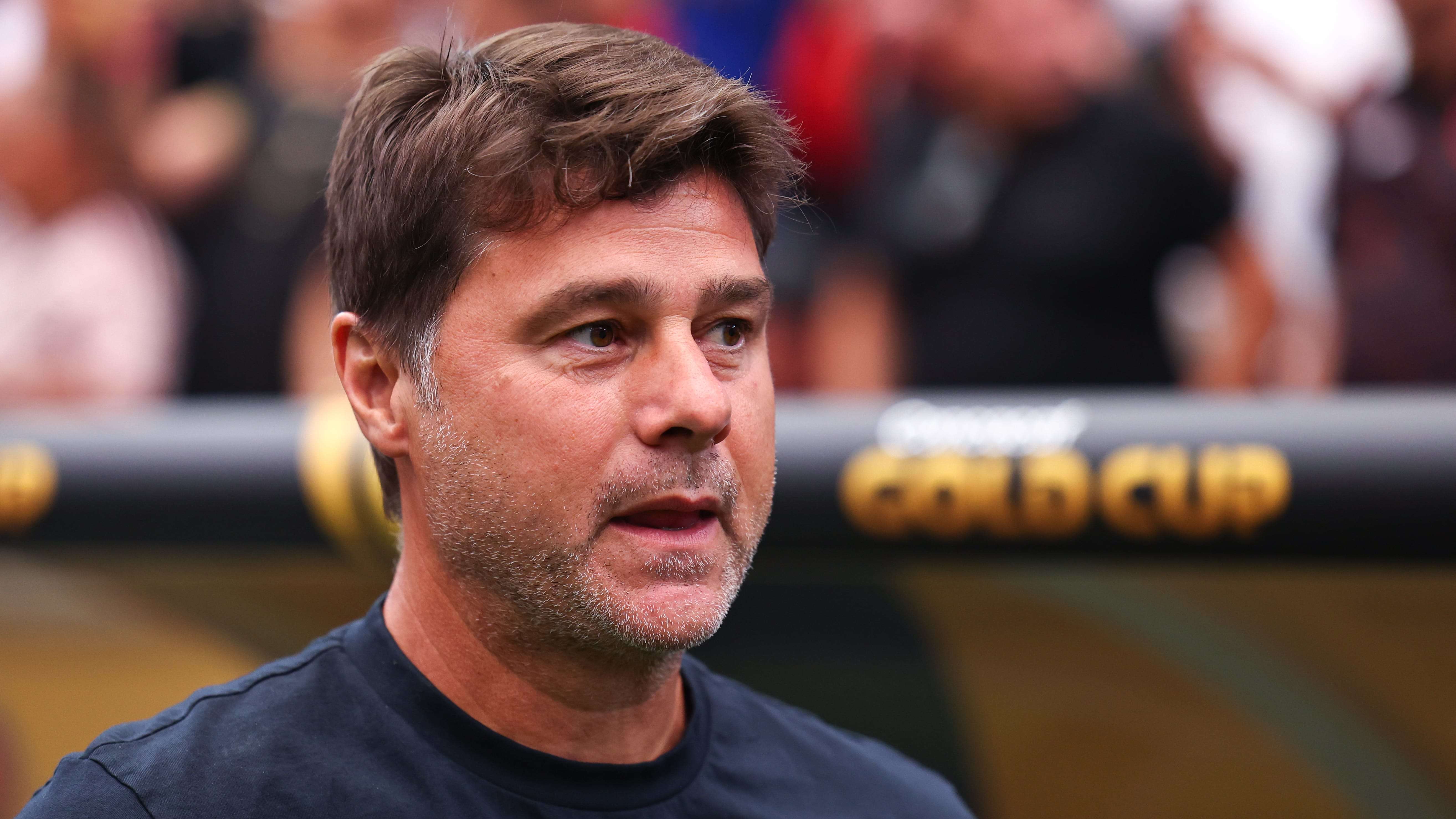
“I think I am positive because the players trust in the process, because they know that we have a plan, know here inside that we have a plan and we stick with the plan,” he remarked after a recent loss to South Korea. However, with the World Cup just around the corner, the time for experimentation is rapidly diminishing. The mandate for Pochettino was to deliver results at the World Cup, not to embark on a slow, long-term development project. The lack of a solidified, cohesive group is a pressing concern.
4. Tactical Stubbornness: Misplaced Talents
Pochettino’s extensive club coaching background appears to have hindered his adaptation to the unique challenges of managing a national team. His preference for a 4-2-3-1 formation, successful at Tottenham Hotspur, clashes with the limited ability to recruit players perfectly suited to his system in international football. Unlike club management, national teams must work with the talent available, which often means adapting tactics to player strengths.
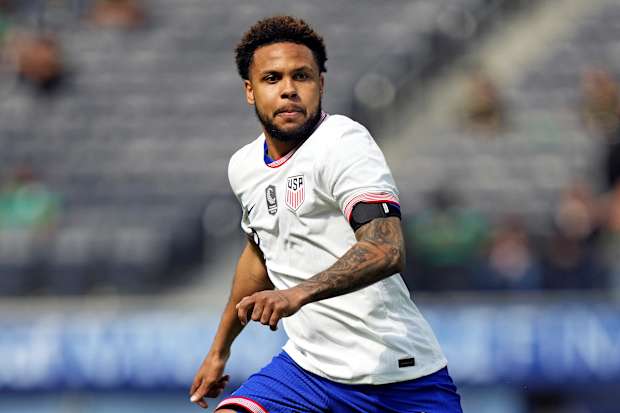
Under former head coach Gregg Berhalter, the 4-3-3 system, while not always triumphant, at least placed players in their natural positions. Pochettino, however, has often forced players into unfamiliar roles, leading to “missed runs, unbalanced presses… and defensive lapses.” This was particularly evident with Max Arfsten, a natural winger and left wingback for Columbus Crew SC, who struggled when deployed as a left fullback. His impactful performance in the 2-0 win over Japan, where he was pushed higher up the pitch to assist Alex Zendejas, finally showcased his true potential and hinted at a possible 3-4-3 solution – a tactical shift that took a concerning 17 matches to materialize.
The USMNT’s official Twitter account highlighted a crucial moment from the Japan game:
On the volley. Into the lead. Alex Zendejas blasts one home!#USMNT x @VW pic.twitter.com/oVkdNcdKaW
— U.S. Soccer Men’s National Team (@USMNT) September 10, 2025
5. Denying Issues: Alienating the Fanbase
Throughout the struggles, Pochettino’s responses to criticism have often frustrated the American soccer fanbase. Instead of acknowledging missteps or making swift adjustments, he has frequently asked for patience and, at times, forgiveness.
After finishing fourth at the Nations League finals, he urged fans: “I don’t want the people to feel pessimistic… We are all disappointed, and the fans need to feel the disappointment that we didn’t win. But I don’t want to allow [them] to feel pessimistic, because I think we have good players.” Months later, ahead of the Japan victory, his frustrations boiled over into a more vulgar dismissal of critics: “People sometimes create debates and talk with no sense… If people sometimes want to talk about bull—, they can talk about bull—-.”
While the challenges of team selection and player availability are undeniable, Pochettino’s dismissive approach has alienated a fanbase eager for accountability and tangible progress. When results on the pitch are inconsistent, a defiant stance from the coach only exacerbates the disconnect.
What’s Next for the USMNT?
Despite the numerous issues plaguing Pochettino’s first year, the ultimate goal remains unchanged: be ready for the FIFA World Cup 2026. The recent tactical shift and victory over Japan offer a glimmer of hope, demonstrating the team’s capacity for improvement under his guidance. However, the coming year will be crucial.
Pochettino must prioritize bringing in the best available players consistently, establishing a core squad, and developing a defined playing style and identity. Nine months is a tight timeline, but it is still possible. The USMNT has upcoming opportunities in October and November with matches against Ecuador, Australia, Paraguay, and Uruguay, before turning its attention to 2026 and its final test opponents. The clock is ticking. Will the USMNT be truly ready when the world watches?
